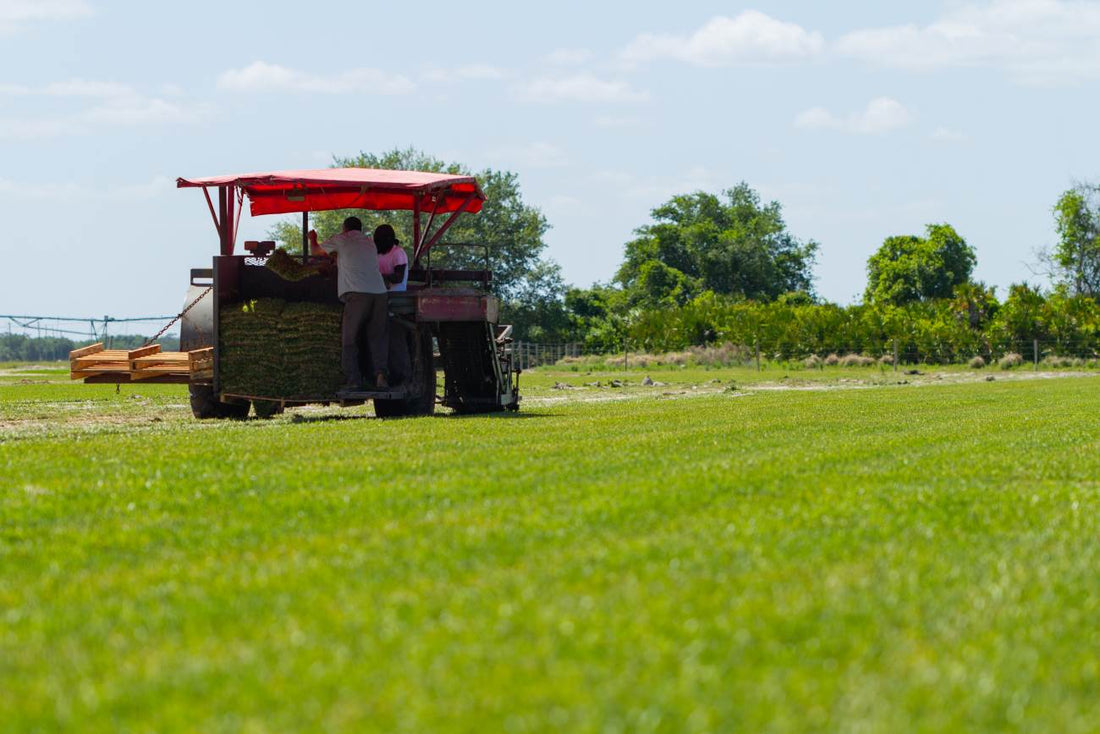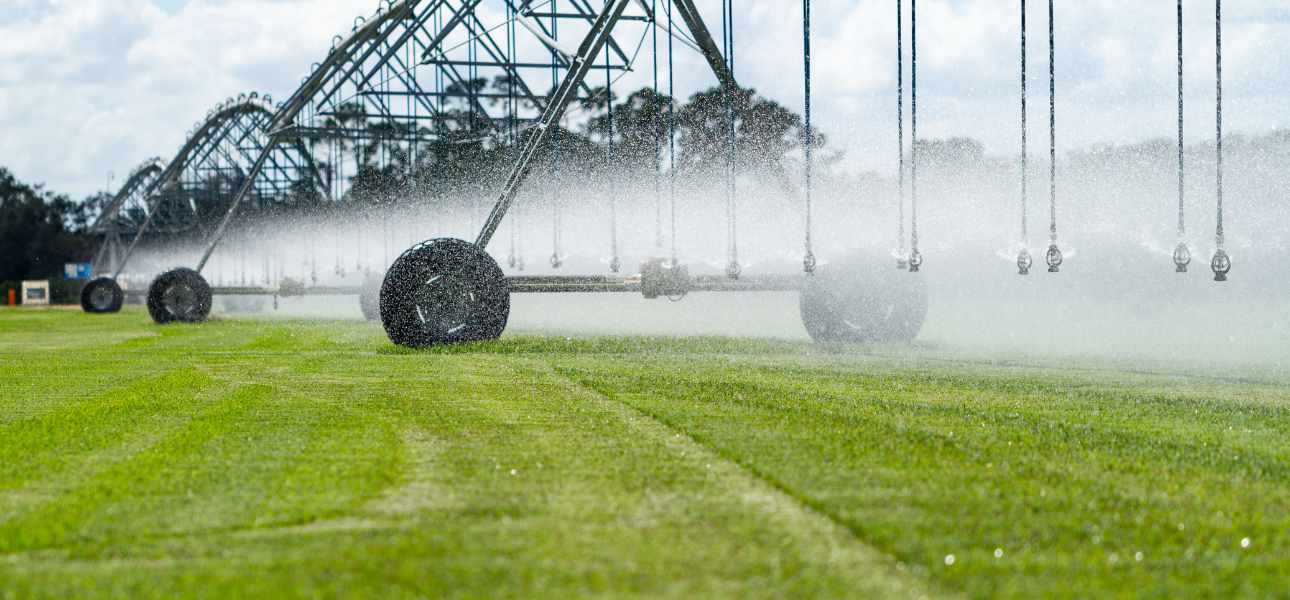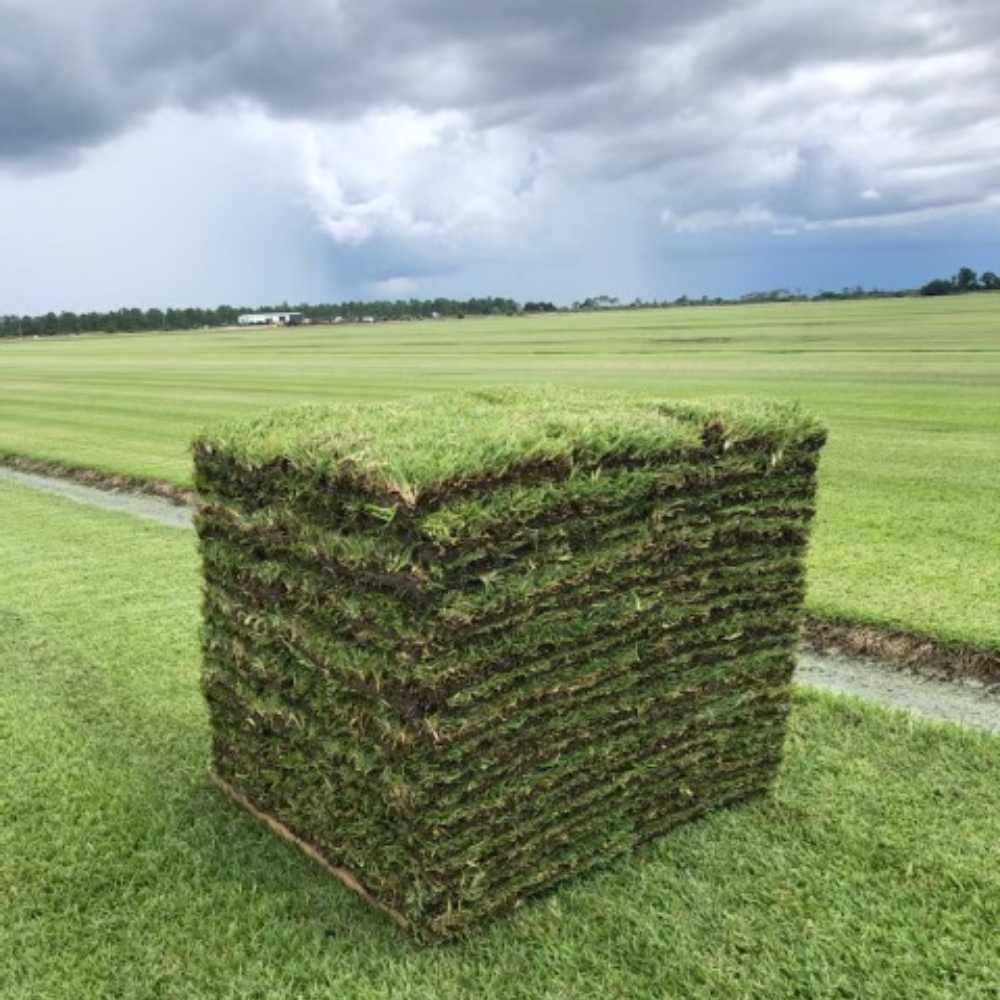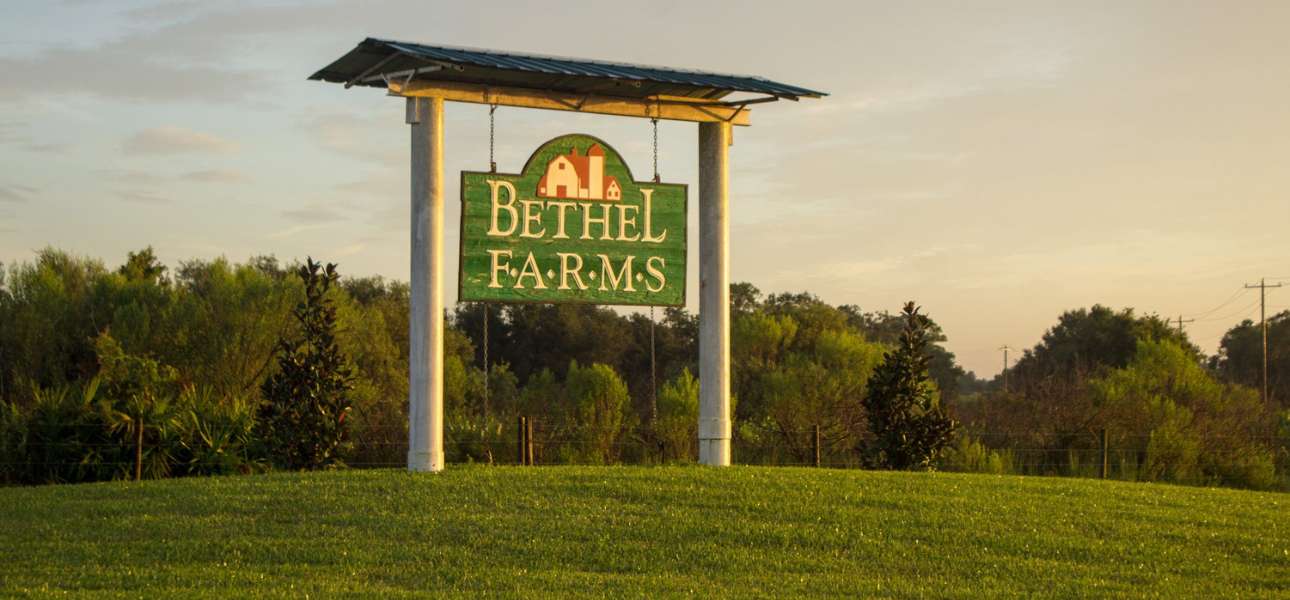
6 Common Myths About Laying Sod — Debunked!
Jamie TedderWhile there are several ways to get a beautiful lawn, installing sod is by far among the most effective. It delivers an almost instant green cover that aids in suppressing weed growth and controlling erosion, enhancing the aesthetic appeal of your lawn.
However, despite these benefits, some homeowners are reluctant to try it due to myths and misinformation. As a trusted sod farm providing grass sod for sale in Florida, Bethel Farms aims to dispel common myths about sod installation and shed light on the facts behind these myths.
Debunking 6 Common Sod Installation Myths
Sod installation is a great way to start a new lawn or replace damaged, old grass. While laying sod is relatively easy, mistakes that result from myths about the process can lead to more serious problems down the line.
Myth: Sod is Too Expensive
The perception that it is costly to install sod often leads homeowners to reconsider laying sod. However, while the upfront cost to lay sod is higher than seed, it offers significant advantages that can outweigh the initial expense, adding to its long-term value.
Sod provides an almost-instant, uniformly dense lawn that is professionally grown and cultivated in a weed and pest-free environment. Its pre-grown nature gives you a headstart from day one of installation compared to growing a lawn from seed, which takes a long time to germinate and mature. It also has a better chance of successfully rooting across your lawn than seeds, which tend to sprout unevenly and may require multiple reseeding for full coverage. Additionally, its sparse growth makes it more susceptible to weed growth. Overall, these factors reduce the effort and maintenance costs involved, thus justifying the cost of sod installation to many homeowners.
Myth: Sod Takes More Water to Establish Than Seed
While sod does require a significant amount of water initially to establish, this extra water is crucial for helping the sod take root and grow into the soil. The initial establishment stage usually lasts 10-14 days, during which you'll have to water more frequently to keep the soil consistently moist.
However, after this period, you can gradually taper off the watering until you achieve the usual requirement of 1-2 times a week. In contrast, seeding often requires a longer and more intensive watering schedule to grow into a healthy lawn. Therefore, while sod may require more water upfront, it saves you money on utility bills in the long run.

Myth: Sod Requires More Preparation Work Than Seed
Establishing a new lawn, whether through sod, seed, or grass plugs, requires some labor. Preparing the soil for sod installation focuses on creating a conducive environment for healthy grass growth and successful establishment. This process usually involves removing existing grass, rocks, soil clumps, and debris, as well as leveling the ground to facilitate better sod-to-soil contact.
Myth: Sod is Difficult to Install
While sod installation is not as simple as laying down a rug, it's also not overly complex. We provide resources on how to lay sod, from researching a reputable sod farm to post-installation care, should you prefer to do it yourself.
Alternatively, hiring professional sod installers can also be practical. They have the necessary tools and experience to ensure a successful outcome, which can be more cost-effective than buying tools and potentially making costly mistakes with a DIY approach. Ultimately, deciding between professional and DIY sod installation depends on your budget, time availability, and comfort level with undertaking the task yourself.

Myth: Brown Sod Seams are Dead and Irreparable
Brown sod seams can be easily mistaken as dead and irreparable, but this is not always the case. Sod tends to dry out easily on the seams, particularly before installation or when laid with gaps in between. It can also occur for several reasons, like lack of water and heat stress. But, with proper care, it should recover.
Discoloration on the sod seams is normal and can often be remedied by increasing watering frequency in these areas. Once your sod is established and reaches the ideal mowing height, regular mowing can also stimulate new growth, gradually replacing the brown grass.
Myth: Sod is Damaging to the Environment
The myth that sod depletes nutrients from the soil is understandable, as the process of cutting off the grass and transplanting it elsewhere could seem like it would remove organic matter from the topsoil and lead to nutrient depletion. However, advancements in sod farming have led to more sustainable practices. At Bethel Farms, only the upper layer of turf is harvested for sodding, leaving the lower portion of thatch and roots intact with the soil. This process not only improves soil composition but also helps restore nutrients to the soil through the composting of roots.
On the contrary, a healthy green lawn offers several environmental benefits. It acts as a natural filter, removing pollutants from the air and water. Additionally, lawns absorb noise and heat, creating a more peaceful environment. Moreover, sod provides the added benefit of being a mature, dense grass that is more resistant to pests and diseases. This means that when installed on your lawn, sod requires fewer chemical treatments, further reducing its environmental impact.

Takeaway
Sod provides a convenient and efficient way to create a beautiful landscape with less hassle than seeding. By dispelling common sod myths and understanding the facts, you can make informed decisions during installation.
While the initial sod cost can make this option less appealing, its numerous benefits far outweigh this perceived disadvantage. Trust Bethel Farms to provide premium-quality, farm-fresh sod for installation. Whether you choose to lay sod yourself or hire a professional, our blog offers valuable resources on how to best maintain your lawn, ensuring a lush and healthy landscape for years to come.
Did you find this article helpful? Share your thoughts by leaving a comment.

